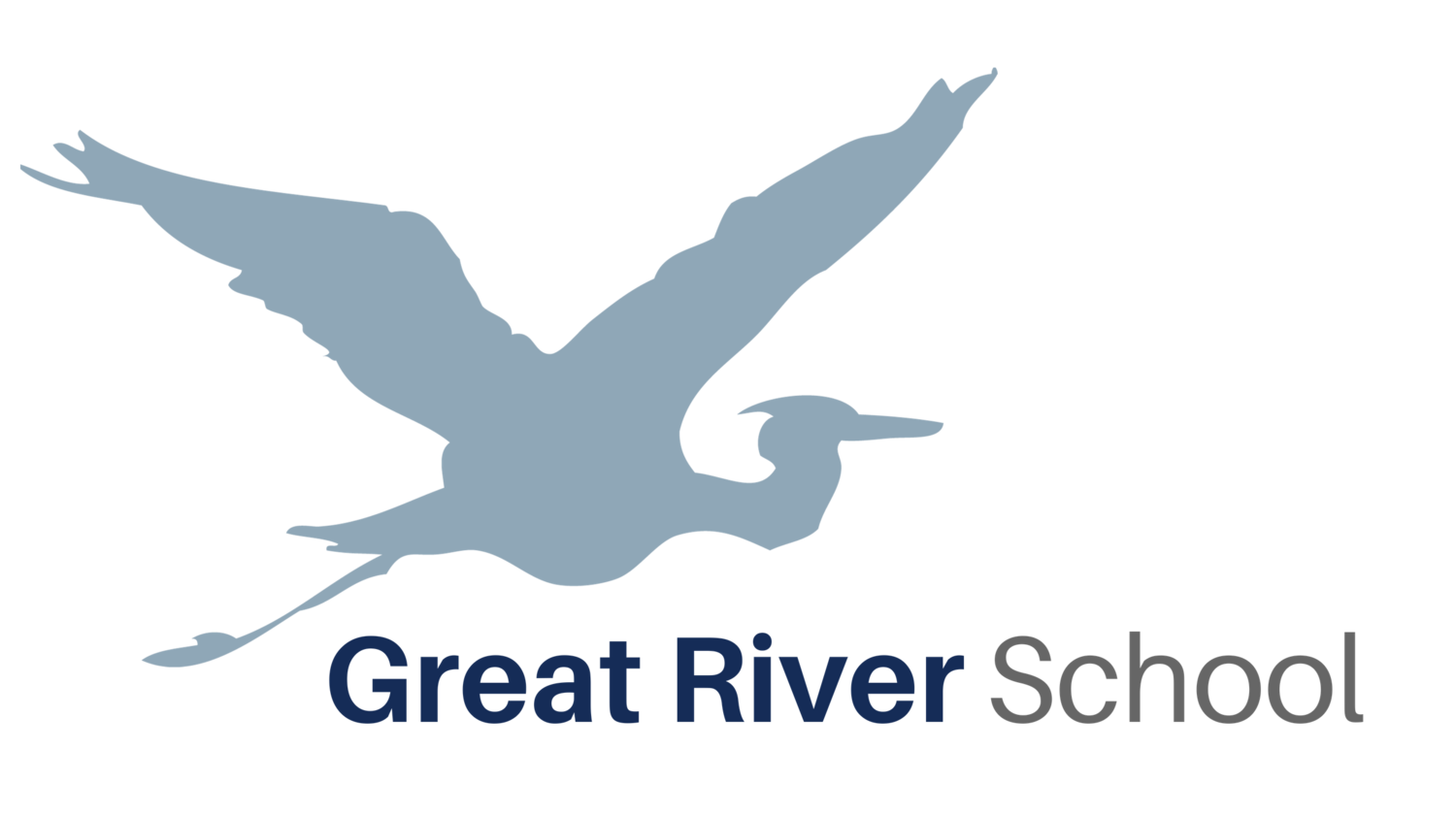by Jenna Laffin, Minnesota River guide
“I think I’m starting to learn how to read!”
“I didn’t really like math when I started here, but now all I want to do is algebra!”
“I’m proud that I’m so much more focused on my work this year.”
-Quotes from 1-on-1 conferences with Minnesota River students
We measure progress in multiple ways in Montessori classrooms. We observe students in lessons and in their independent work to see where they’re making connections and discoveries, and where they need more support. We notice the kinds of comments they contribute in community discussions, and the ways they help each other. We track things like reading level and acquisition of math facts. Perhaps most importantly, however, is how we bring the students’ attention to their own progress. The goal of the Montessori guide is not to fill a child’s mind like an empty cup, but instead to inspire a child to reach their highest potential. We ask children for their goals and what they want to learn about, so that they are in control of their own education and feel pride when they accomplish those goals.
October, 2019: 2nd and 3rd years explore links between geometry and squaring via bead chains
We also know that progress is not linear. One of the great benefits of the Montessori educational model is that we work with students over the course of 3 years. This means that we can celebrate academic and social successes that may have been three years in the making, while also bringing our knowledge of the whole child to any challenges that arise. We have shared memories of the first time a child independently labeled the thousand-bead chain, then the following year used those same bead chains to explore geometric concepts and later memorized the squares and cubes of numbers.
September, 2018: 1st years label the bead chains
Dr. Montessori wrote, “Knowledge can be best given where there is eagerness to learn, so this is the period when the seed of everything can be sown, the child’s mind being like a fertile field….at six years of age all items of culture are received enthusiastically, and later these seeds will expand and grow. Asked how many seeds may be sown, my answer is, ‘As many as possible!’” It is a great gift to work with students in lower elementary, as each one of them makes huge leaps of imagination and growth from the ages of 6 to 9 years old. We trust that the kinds of things they experience and the challenges they overcome now will serve them for life. We often do not even see the fruits of these seeds that are sown in our classrooms. However, we believe strongly in the child’s ability to construct themselves given the tools we provide as they move forward on each of their unique paths.


